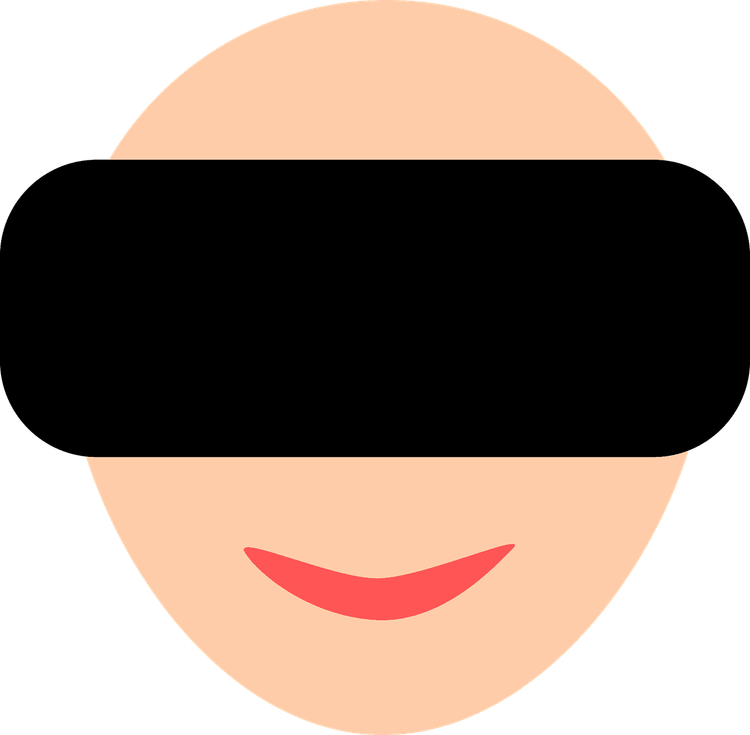Visual Electric, backed by Sequoia Capital, has introduced a generative AI image-generation tool specifically designed for designers. Founded in November 2022, the company features a leadership team with impressive backgrounds: CEO Colin Dunn, a former executive at Universe (also with stints at Facebook and Dropbox); Chief Product Officer Adam Menges, an ex-Apple employee whose startups Lobe (a design tool) and Lowkey (an AR gaming company) were acquired by Microsoft and Niantic; and Chief Technology Officer Zach Stiggelbout, who previously worked at Microsoft on Lobe.
Dunn shared in a recent call that most generative AI image creation tools do not address the specific workflows that designers require.
“We created Visual Electric because we see that generative AI presents an interface challenge. Current solutions primarily work within a linear chat format. However, creativity doesn’t follow a straight path; it’s often chaotic. That’s why our tool is designed to facilitate the creative process. Our generative canvas allows users to spread out their ideas, embrace the chaos, and work spatially,” he explained.
Dunn believes that AI-driven image generation is still in a “pre-ChatGPT era,” suggesting that existing solutions have yet to achieve the widespread appeal of ChatGPT. Visual Electric launched its beta in February, catering to graphic designers, advertising creatives, and concept artists from notable companies like Stripe, Affirm, and Riot Games, as well as design studios such as Instrument and Manual.
Many existing users are on the lookout for tools that enable quick image creation, modification, and iteration to achieve their desired results.
How the Platform Works
Getting started with Visual Electric is straightforward: simply enter a prompt to receive four image options displayed on an infinite canvas. You can iterate endlessly to refine an image that suits your project. The platform allows for prompt customization with options for color palette selection, exclusion of certain colors, various formats, and emotional tones, such as Airbrush, Film, Cinematic, and Neon.
The tool is free to use, but users are limited to 40 image generations per day. A premium subscription starts at $16 per month, providing faster generation speeds, unlimited image creation, and a commercial license for the images. Under both plans, generated images are shared within the community. However, users opting for the premium plan at $48 per month enjoy private image storage and enhanced generation speeds.
Additional features include a “touch” function for editing specific areas of generated images, an upscaling option for premium users, background removal capabilities, a “creativity” slider for variations, and a “remix” feature for creatively transforming existing images.
Since its launch in 2022, Visual Electric has secured $2.5 million in funding from Sequoia, BoxGroup, and Designer Fund. The platform utilizes Stable Diffusion for image generation and GPT-3.5 Turbo for auto-generated prompt suggestions. GPT-4 is also deployed to create prompts based on imported images.
While the company has yet to release a mobile app, it is considering development for next year. In the past year, major companies such as Google, Meta, Amazon, Adobe, and Getty Images have rolled out numerous image-generation tools. Chatbot platforms like ChatGPT and Poe have integrated image generation for user convenience.
Visual Electric believes its specialized focus on a specific user base will provide a competitive advantage. Other platforms like Vercel and TLDraw are also exploring interface-generating features, further broadening the landscape of generative AI tools.







